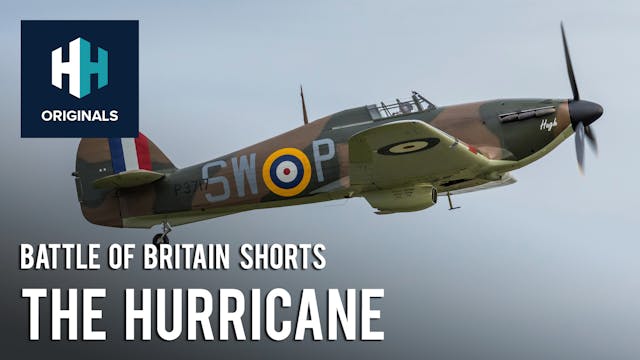The Children of Calais: Clare Mulley on Refugees
World War Two
•
4m 38s
A new statue has just been unveiled in Saffron Walden, an unassuming town in Essex, England. Five children are held, with limbs outstretched or shoulders hunched, in life-size bronze. One carries a tattered lifejacket, which hangs uselessly below him. The statue, titled Unaccompanied Children of Calais, demands that we consider the sacrifice refugee children have to make for our supposed ‘greater good’, the voices that use them as political leverage, and the potential for humanity to simply turn away. In consciously evoking Rodin’s The Burghers of Calais, it also draws parallels with other points in history when the vulnerable were, or were not, granted safety in the face of terrible circumstances. One such moment was the organisation of the Kindertransport, a rescue effort that took place during the 9 months prior to the outbreak of World War Two. Britain took in nearly 10,000 predominantly Jewish children from Germany, Austria, Poland, Czechoslovakia, and the Free City of Danzig, who fled persecution from the Nazi party. Children were unaccompanied, but visa and passport restrictions were lifted and they were able to enter Britain with a ‘white card’. The shelter was supposedly temporary – but most of the children would never see their families again. In this fascinating documentary Clare Mulley reports on the unveiling of the new sculpture and reflects on the Kindertransport as an extraordinary moment in British history, questioning how we can learn from our past when faced with the refugee crisis of today.
Up Next in World War Two
-
The German Invasion of Poland with Ro...
The German invasion of Poland in September 1939 is often seen as a contest between the might of Hitler's war machine and an antiquated Polish military. But this perception of a modern, German force sweeping aside a fragile, backward enemy is far from the truth. Dan sat down with Roger Moorhouse t...
-
The Stuka
More famously known as the ‘Stuka’, the Ju 87 is perhaps the most recognisable dive bomber of the Second World War, made famous by its infamous Jericho trumpet. During the Battle of Britain, squadrons of Stukas gained some success destroying ground targets. On 13 August 1940 – Eagle Day – Stukas ...
-
The Hurricane
Hawker Hurricanes accounted for 60% of German losses in the battle of Britain. They were the most numerous fighter aircraft which the RAF deployed, partly owing to their rapid turn-around time (it took them only 9 minutes to be refuelled and re-armed). Dan Snow provides an overview of the 'workho...



